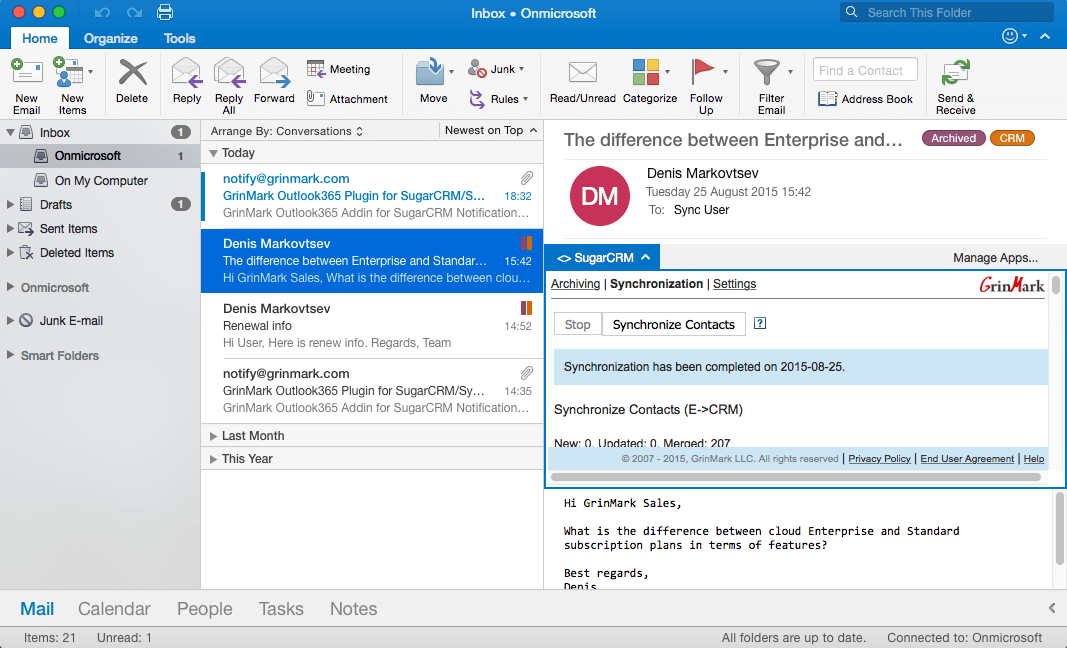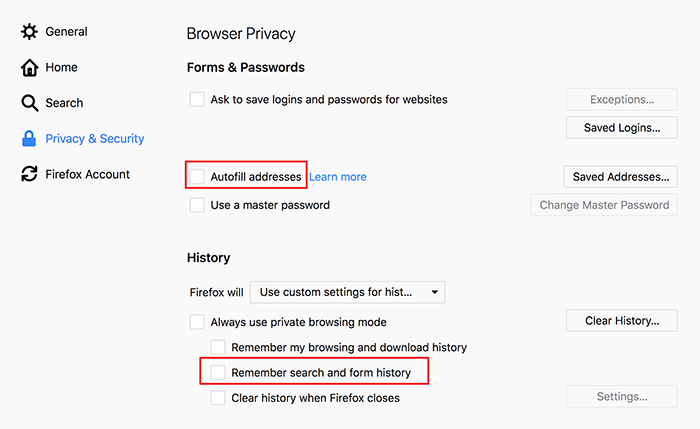
- #Disable mac address learning install
- #Disable mac address learning upgrade
- #Disable mac address learning download
- #Disable mac address learning mac
#Disable mac address learning mac
Get-MacLearn -DVPortgroupName we can see from the output, I currently do not have MAC Learning enabled on this DV Portgroup.

The Get-MacLearn function can be used to retrieve the current MAC Learning configuration for a given DV Portgroup, simple run the following command which can accept a one or more DV Portgroup names:
#Disable mac address learning download
You will need to make sure to download the latest PowerCLI 10.1.0 release which adds support for vSphere 6.7 To demonstrate the new MAC Learning APIs, I have created two small PowerCLI functions called Get-MacLearn and Set-MacLearn which you can download from here. This new MAC Management Policy will also be the new preferred method for managing security policies going forward for a DV Portgroup and the previous security policy settings should no longer be used.ĭisclaimer: Nested ESXi is still not officially supported by VMware. For those that have used the VDS API to manage their VDS, you will simply use the existing ReconfigureDVPortgroup_Task() method and in 6.7, there now a new macManagementPolicy property which allows you to enable and define your MAC Learning settings. MAC Learning can be enabled on a per Distributed Virtual Portgroup bases and today, it is only available when using the vSphere API.
#Disable mac address learning upgrade
To use the new MAC Learning functionality, you will of course need to upgrade to vSphere 6.7 (both vCenter and ESXi) but also upgrade to the latest VDS version which is 6.6. For customers who are still running ESXi 6.0 or 6.5, you should continue to use the Learnswitch Fling until you fully upgrade to vSphere 6.7. Not only will this benefit Nested ESXi workloads but also other solutions and use cases that have historically required the use of promiscuous mode. Today, I am pleased to announce that with the release of vSphere 6.7, the MAC Learning functionality is now available as a native feature of the VMware Distributed Virtual Switch (VDS) and as some of you may have guessed from the title, promiscuous mode is also no longer a requirement for running Nested ESXi! I wanted to take a moment and thank Subin, Jobin, Sriram, Rajeev & Samuel from our Network and Security Business Unit (NSBU) at VMware who worked tirelessly to get this integrated and productized into ESXi. The most recent solution was a new Learnswitch VMkernel module (released as a VMware Fling) that enables MAC learning capabilities on ESXi.

#Disable mac address learning install
Although these solutions worked extremely well, it however did require users to install additional software to enable this functionality. And if you make your device forget the network, it will also forget the private address it used with that network, unless it has been less than 2 weeks since the last time it was made to forget that network.Over the years, several solutions have been developed here and here to help reduce the impact of promiscuous mode, which is a requirement for running Nested ESXi as a workload.



 0 kommentar(er)
0 kommentar(er)
